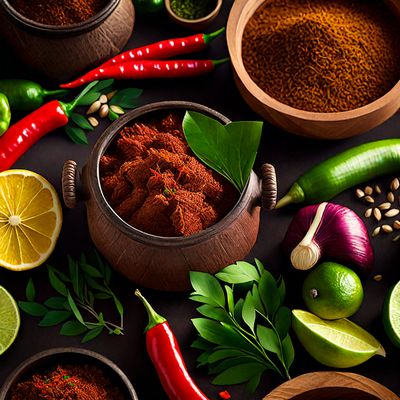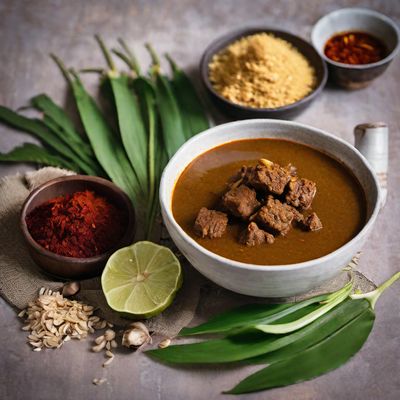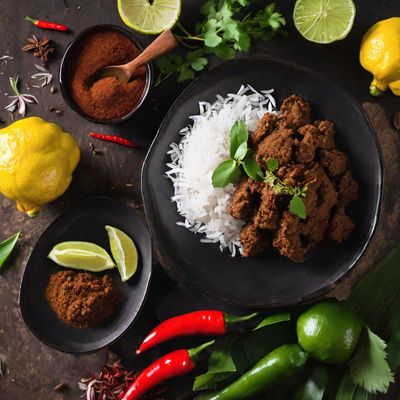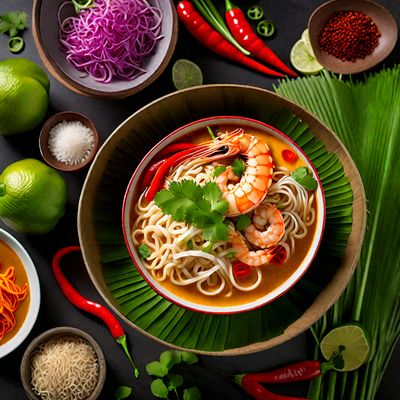
Ingredient
Red pitayas
Exotic Delicacy: Unveiling the Allure of Red Pitayas
Red pitayas are oval-shaped fruits with a vibrant red or magenta skin, covered in green scales. The flesh of the fruit is white or pink, speckled with tiny black seeds. The texture is similar to a kiwi, with a crunchy exterior and a soft, juicy interior. The flavor of red pitayas is subtly sweet, reminiscent of a mix between a pear and a kiwi. They can be enjoyed on their own or incorporated into salads, smoothies, desserts, or cocktails.
Origins and history
Red pitayas are native to Central America and have a long history of cultivation in countries like Mexico, Guatemala, and Nicaragua. They were later introduced to other tropical regions, including Southeast Asia. Red pitayas have cultural significance in various indigenous communities, where they are used in traditional ceremonies and celebrations. Today, they are commercially grown in many countries with suitable climates, making them more widely available.
Nutritional information
Red pitayas are low in calories and rich in vitamin C, antioxidants, and fiber. They also contain small amounts of iron, calcium, and phosphorus. The seeds of the fruit provide a source of healthy fats and dietary fiber. Red pitayas are a hydrating fruit, thanks to their high water content. The exact nutritional content may vary depending on the size and ripeness of the fruit.
Allergens
Red pitayas are not known to be common allergens. However, individuals with fruit allergies or sensitivities should exercise caution when consuming red pitayas, as they belong to the cactus family.
How to select
When selecting red pitayas, look for fruits that are firm, with bright and evenly colored skin. Avoid fruits that have soft spots, bruises, or signs of mold. The scales on the skin should be intact and not shriveled. Red pitayas should have a slight give when gently pressed, indicating ripeness. However, they should not be overly soft or mushy. It is best to choose organic red pitayas to minimize exposure to pesticides and other chemicals.
Storage recommendations
To maintain the freshness and quality of red pitayas, store them in the refrigerator. They can be kept at room temperature for a day or two, but prolonged exposure to heat can cause them to spoil. It is best to consume red pitayas within a few days of purchase. If the fruit is already cut, store it in an airtight container in the refrigerator and consume it within 2-3 days.
How to produce
Red pitayas can be grown in tropical or subtropical regions with warm temperatures and well-draining soil. They require full sun and regular watering. Red pitaya plants can be grown from seeds or cuttings, and they thrive in containers or in the ground. However, they may require support or trellising as they grow. Growing red pitayas can be a rewarding experience, as it allows individuals to enjoy the beauty and taste of these exotic fruits.
Preparation tips
To prepare red pitayas, start by cutting the fruit in half lengthwise. Scoop out the flesh with a spoon or cut it into cubes, depending on the desired presentation. Red pitayas can be enjoyed on their own as a refreshing snack or used in various culinary creations. They add a tropical touch to fruit salads, smoothies, and desserts like sorbets or parfaits. Red pitayas can also be juiced or blended into cocktails for a vibrant and flavorful twist.
Culinary uses
Red pitayas are commonly used in tropical and Asian cuisines. They are often enjoyed fresh as a snack or incorporated into fruit salads, smoothies, and desserts. Red pitaya puree or juice can be used as a natural food coloring or flavoring in beverages, sauces, or baked goods. The vibrant color and unique appearance of red pitayas make them a popular choice for garnishing or decorating dishes.
Availability
Red pitayas are commonly cultivated in countries such as Mexico, Vietnam, Thailand, and the Philippines. They are also imported and available in many other regions, including the United States, Europe, and Australia. However, their availability may vary depending on the local climate and importation practices.
More ingredients from this category
Recipes using Red pitayas » Browse all

Satay Celup with Peanut Sauce
Indulge in the Irresistible Satay Celup Experience

Coconut Chutney Recipe
Creamy Coconut Chutney Delight

Indo-style Gulyás
Spicy Beef Stew with Indonesian Flavors

Nouvelle Rendang
Elevated Indonesian Rendang with a Nouvelle Twist

Nouvelle Laksa
Elevated Laksa Delight

Vegetarian Rendang
Savory and Spicy Vegan Rendang: A Plant-Based Twist on a Classic Indonesian Dish

Muisca-inspired Leche de Tigre
Golden Citrus Elixir: Muisca-inspired Leche de Tigre

Spicy English Tom Saep Soup
Fiery Beef and Herb Soup: A Taste of Thailand in English Cuisine

Peranakan Spicy Noodle Soup
Nyonya Laksa: A Fiery Fusion of Flavors

Thai-style Rendang Curry
Spicy and Fragrant Thai Rendang Curry

Haute Cuisine Laksa
Elevated Malaysian Spicy Coconut Soup

Thai Coconut Curry Noodle Soup
Tantalizing Thai Coconut Laksa

